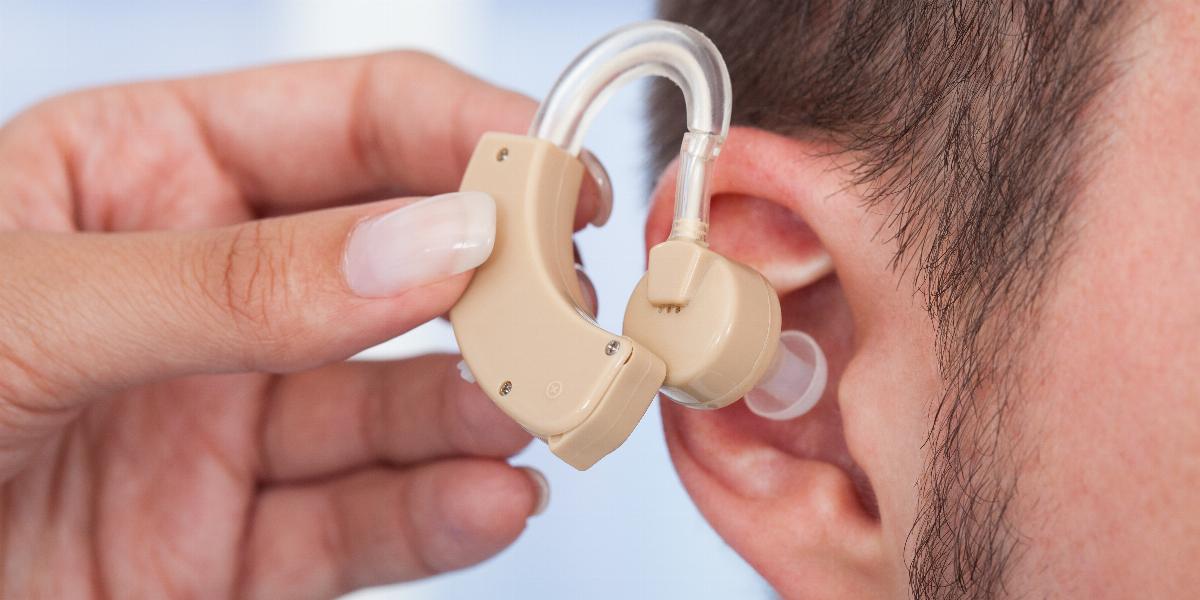Which Hearing Aid Should You Buy?

There are many different types of hearing aids that you may choose to get. Hearing aids can range from very simple ones, which simply amplify sound, to more complicated versions. The most complicated hearing aids can actually interact with household items like radios, phones and televisions. This allows them to amplify sound directly, more like a speaker than an amplifier.
The kind of hearing aid that you’re going to purchase will likely need to be based upon the condition you are suffering from. Not all hearing aids are capable of handling severe hearing loss. In addition, more serious hearing aids can be far more than is necessary for people who have moderate hearing loss only. The good news is that many health insurance plans will help to pay for hearing aids. Unfortunately, they might not always pay for the kind you want! The following are some of the most popular and useful types of hearing aids.
1 - Behind the Ear
These are commonly called BTE hearing aids. Behind the ear hearing aids are very common and are arguably the most versatile of all hearing aids. They can be used for people who suffer from mild hearing loss as well as many cases of severe hearing loss. With a BTE hearing aid, the heart of the operation is located behind the ear. This includes the electronics and amplifier of the device. As they are much larger than some other options, more can go into a BTE. They are the main source of integration with telephone adaptors or television amplifiers. The downside is that many people don’t like the appearance of a BTE option. They consider them too large and bulky.
2 - In the Ear
The counterpart to the BTE hearing aid is the ITE hearing aid. With these hearing aids, the entire device is located within the ear canal and concha. While suitable for adults, children who are growing should avoid them as they can cause the ear to grow incorrectly. Typically, an ITE device is not capable of using any direct audio input integration. Despite that, they are popular. To be fair, they do a good job for people suffering from mild or moderate hearing loss. There are subcategories of ITE hearing aids, which include “in the canal”, “completely in canal” and “invisible in canal”.
3 - Open Fit Hearing Aids
This type of device is similar to the behind the ear option. They start with the same amplifier and electronics behind the ear. However, instead of the rest of the ear having the hearing aid completely within it, there’s instead a thin tube. This tube runs to the plug at the end, which is located inside the canal. Unlike behind the ear options, open fit allows for some room in the ear and are often much more comfortable than a full behind the ear hearing aid.
4 - Cochlear Implant
These hearing aids are designed for people with severe hearing loss in both ears. For them, the standard hearing aid options won’t work. This implant starts with a processor that essentially looks like a behind the ear implant. A magnet is implanted in a person’s mastoid bone. The electrode required is implanted in the inner ear. This can then allow people who have never had a sense of hearing to suddenly get one.
5 - Contralateral Routing of Signal
Some people have serious hearing problems in one of their ears. For these people, they can get a CROS hearing aid. With this kind of hearing aid, the amplifier is located on the ear that doesn’t hear anything. The receiver is located on the ear that has some or all of its hearing. When sound comes in on the amplifier, it’s then fed around to the other side. This allows a person who normally can’t hear out of one ear to get some sense of sound that’s coming from that side of their body.


